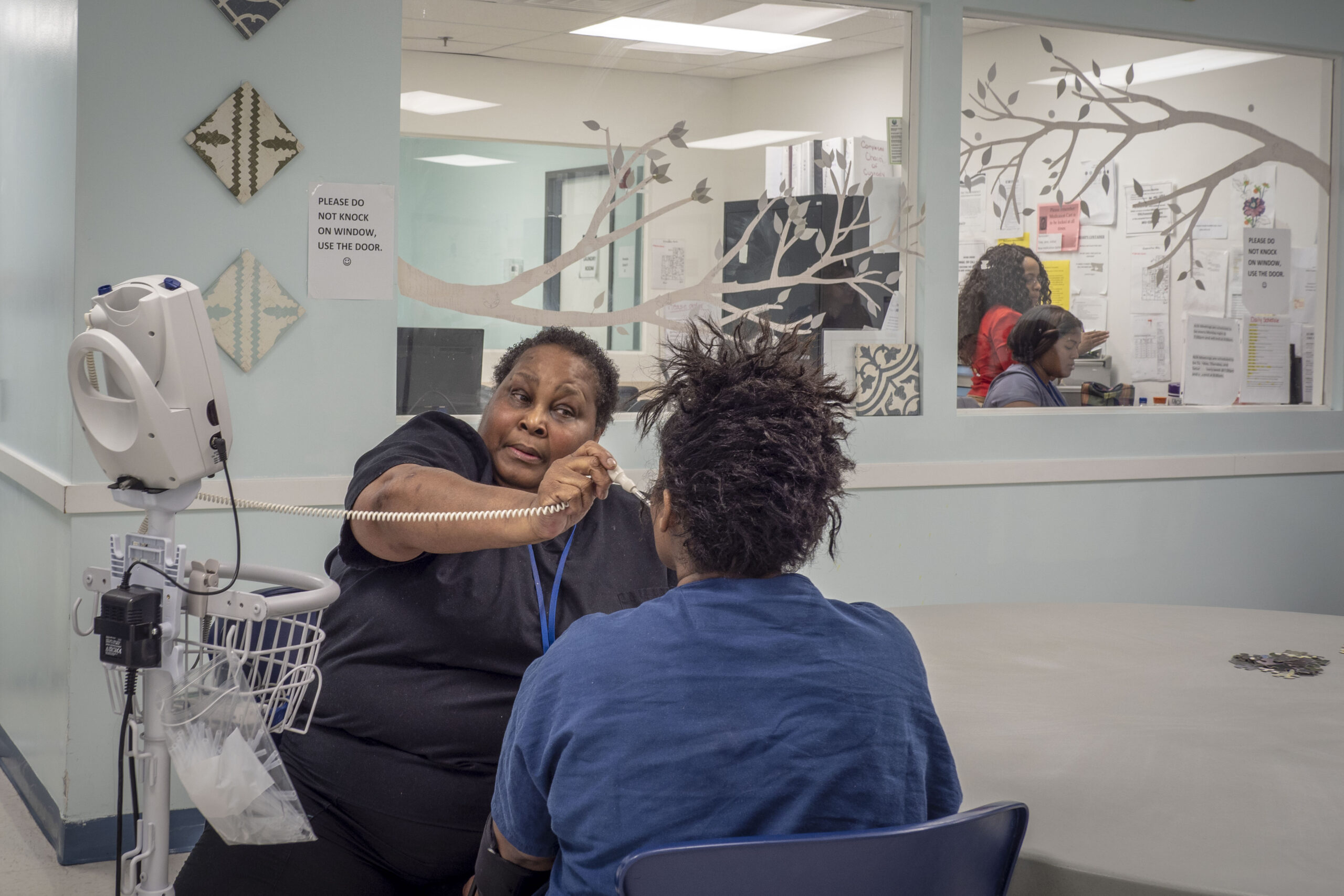Understanding the Basics of Medication-Assisted Treatment (MAT)
Medication-Assisted Treatment (MAT) is a transformative approach in the field of addiction recovery, particularly for opioid addiction. MAT combines FDA-approved medications with counseling and behavioral therapies, offering a holistic path towards recovery. This guide outlines the key steps to begin MAT, providing clear, concise, and compelling insights for those seeking help.
Step 1: Acknowledge the Need for Help
The first step in starting MAT is recognizing the need for assistance in overcoming substance dependence. Understanding that addiction is a medical condition, not a moral failing, paves the way for effective treatment.
Step 2: Research MAT Providers
Begin by researching qualified healthcare providers specializing in MAT. Look for licensed and accredited clinics or physicians with expertise in addiction medicine. Websites like SAMHSA’s Treatment Locator can be a valuable resource in finding local treatment options.
Step 3: Schedule a Consultation
Once you’ve identified potential providers, schedule a consultation. This initial meeting is crucial for discussing your specific needs, understanding the treatment process, and addressing any concerns you may have.
Step 4: Undergo a Comprehensive Assessment
A comprehensive assessment is vital in tailoring the MAT program to your needs. This assessment typically involves evaluating your medical history, substance use history, and any co-occurring mental health conditions.
Step 5: Develop a Treatment Plan
Based on the assessment, your healthcare provider will develop a personalized treatment plan. This plan will detail the medication to be used, such as Methadone, Buprenorphine, or Naltrexone, along with counseling and therapy strategies.
Step 6: Begin Medication and Therapy
With the treatment plan in place, you’ll start taking the prescribed medication under medical supervision. Concurrently, you’ll participate in counseling and behavioral therapies, which are essential components of MAT.
Step 7: Stay Committed and Communicate
Consistency and open communication with your healthcare provider are crucial for the success of MAT. Regular check-ins help monitor progress and make necessary adjustments to the treatment plan.
Step 8: Seek Support from Peers and Loved Ones
Support from friends, family, and peer support groups plays a vital role in recovery. Consider joining support groups where you can share experiences and gain encouragement from others undergoing similar journeys.
Step 9: Focus on Long-Term Recovery
MAT is not a quick fix but a long-term commitment to recovery. Embrace lifestyle changes, maintain therapy sessions, and stay focused on your long-term health and wellbeing.
Starting Medication-Assisted Treatment is a brave and life-changing decision. By following these steps and committing to the process, you embark on a journey towards healing and recovery. Remember, MAT is most effective when tailored to individual needs, so working closely with healthcare professionals and support systems is essential for success.
